SCHEDULES OF CONDITION
Protecting Property and Lease Agreements with Precision and Foresight
At INform Surveying, we provide Schedules of Condition to protect landlords and tenants from potential disputes over property condition and repair responsibilities. A Schedule of Condition is a vital document that records the state of a property before the commencement of a lease or construction project. It safeguards both parties by providing a detailed, visual, and written record of the building’s condition. This documentation helps avoid disagreements over damage, dilapidations, or repair responsibilities during and at the end of a lease or project.
In this blog, we’ll explore the importance of Schedules of Conditions, its role in various property and construction-related needs, and lease agreements, as well as how to present a compelling case study to demonstrate their value. By incorporating Inform Surveying’s precise and comprehensive Schedules of Condition, both landlords and tenants can protect their interests, reduce risks, and ensure that clear lease agreements are fairly administered.
Complementary services:
SCHEDULE OF CONDITION :
KEY CONSIDERATIONS
01 Detailed Condition Reporting:
A well-executed Schedule of Condition includes a thorough visual inspection of the property, documenting all relevant elements—both internal and external. This report typically covers all external and internal areas such as walls, ceilings, floors, roofing, doors, windows, and any fixtures or fittings that could be affected by tenant use or nearby construction.
02 Photographic Evidence:
High-quality, photographs are a key component of any Schedule of Condition. These images should clearly document any pre-existing defects, damage, or wear and tear, providing clear visual evidence to back up the written report. Recording all the areas generally is also important, as it documents the property as whole.
03 Video Evidence:
As technology advances rapidly, there are evident benefits to recording a property on video to capture all details thoroughly. This offers further advantages, such as the ability to review a property for works and discuss matters without the need to be physically present at the location.
04 Written Descriptions:
In addition to photographs, a detailed written description of the property’s condition is essential, particularly when visual evidence alone may not fully capture specific defects. This narrative complements the images by providing precise details on identified issues such as cracks, water damage, surface deterioration, and any hidden defects that may not be immediately visible in the photographs.
05 Clear Documentation of Responsibilities:
For lease agreements, a Schedule of Condition typically documents only the elements the tenant is responsible for maintaining under their lease covenants. This helps prevent disputes over repair obligations and ensures both tenant and landlord have a clear understanding of their respective responsibilities. However, in cases where the lease covenants impose an internal repairing obligation only, recording the entire property may not be necessary. Ultimately, a Schedule of Condition serves as a strategic tool, helping all parties assess potential risks and make informed decisions throughout the lease term.
06 Use in Dilapidations Disputes:
Schedules of Condition are especially valuable at the end of a lease, providing a definitive baseline against which any dilapidations claims are assessed. By establishing a clear record of the property’s original condition, they help prevent costly disputes and ensure that any repair obligations or financial settlements are based on accurate and fair evidence. This transparency protects both landlords and tenants, ensuring that liabilities are properly allocated and justified.
WHY SCHEDULES OF CONDITION MATTER
A Schedule of Condition is a vital tool for mitigating risks in lease agreements and construction projects. Whether you are a landlord or owner seeking to protect your property from damage caused by contractors or tenants, or a tenant wishing to avoid unfair dilapidation claims, a Schedule of Condition provides transparency regarding the property’s condition from the outset.
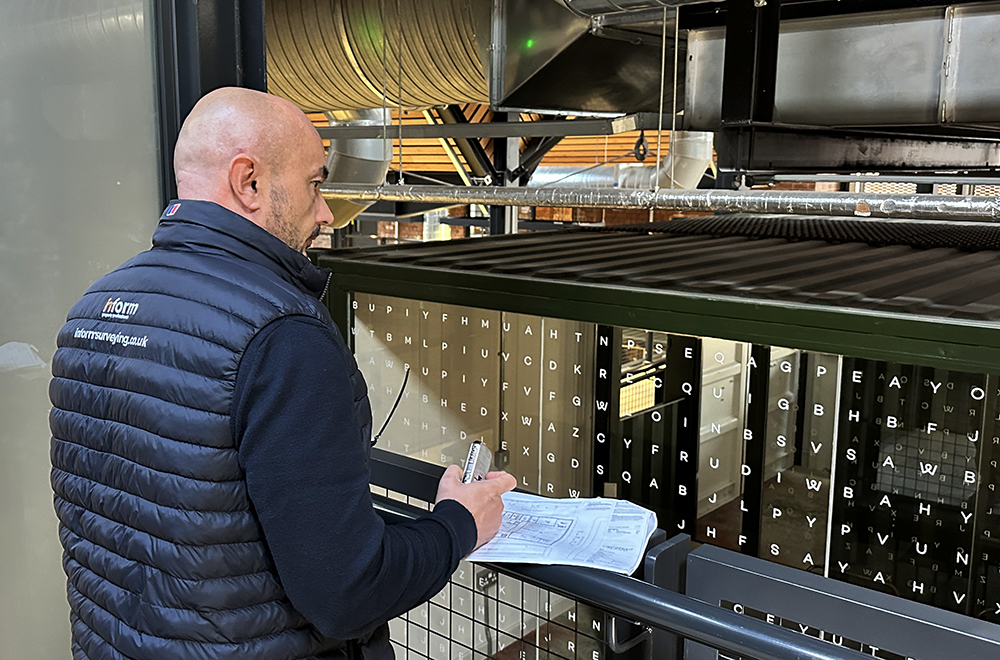
These schedules also play a crucial role in construction projects, recording the condition of adjacent buildings or structures that may be affected by nearby work. By establishing a clear baseline, a Schedule of Condition safeguards against future claims of damage resulting from the project, providing both contractors and property owners with peace of mind.
At INform Surveying, we provide thoroughly detailed Schedules of Condition that include both visual and written documentation of the building’s condition. Our reports are designed to provide comprehensive protection for all parties involved, ensuring clarity and reducing disputes.
For further information and advice on SCHEDULES OF CONDITION please contact:


Our founders are always available for advice or support—feel free to reach out directly.
To learn more about our journey and values, visit our About Us page. Together, we’ve built a consultancy dedicated to placing clients first, delivering not just solutions, but clarity, precision, and long-term success.
CASE STUDY: DHL INTERNATIONAL LOGISTICS
Introduction and Client Background
INform began discussions with DHL, an international logistics company, to provide advice on how best to record in a high level of detail the condition of two large industrial warehouses in which they had taken over logistics operations. The two properties where 365,000 and 285,000 sqft in size, so the size of them required a careful understand of how to accurately survey and record.
The client was rightly concerned with the onerous lease clauses which required them to fully keep the property in repair, and is only limited by the Schedule of Condition. As such, the client wished to ensure they were well protected at the end of the lease. With this in mind, the client requested that all areas be fully documented with photographs and video evidence, which is not a common practice.
Begin by introducing the client and the context in which the Schedule of Condition was needed. Were they a tenant entering a new lease, a landlord protecting their property, or a construction company starting a project? Explain their goals and concerns regarding the property’s condition and the need for a Schedule of Condition.
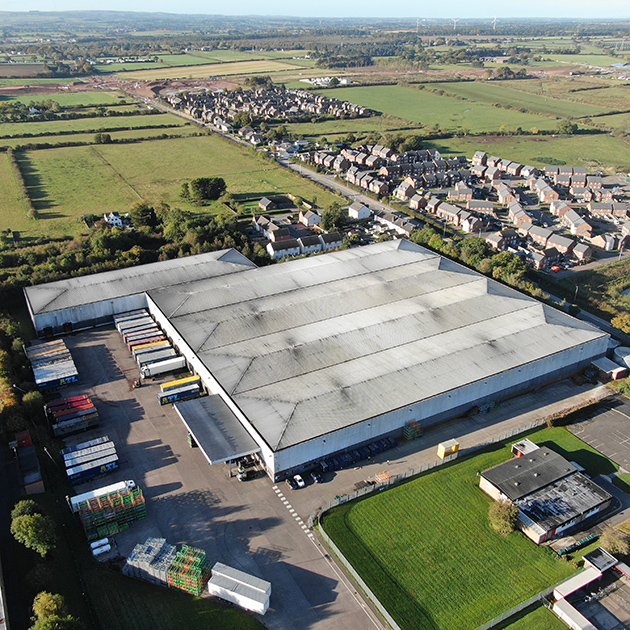
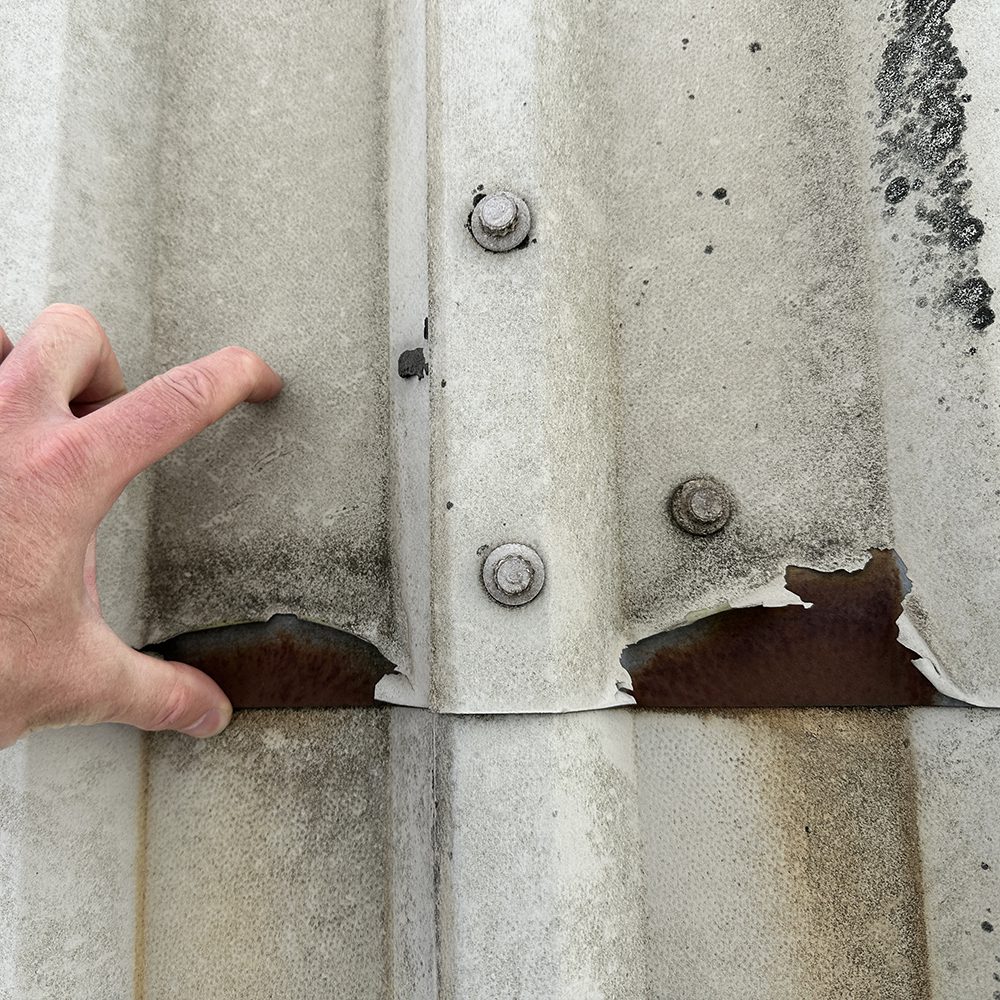
Objectives of the Schedule of Condition
Given the operational status of the industrial units, the client recognised the risks of documenting the condition at the agreed point in time. The primary objective was to create a detailed, accessible record of the property, allowing for easy reference when responding to claims, particularly at lease end. The video evidence would serve as a crucial tool for reviewing and addressing potential disputes as they arose.
Our goal was not only to provide a highly detailed photographic Schedule of Condition but also to present the documents and electronic files in a structured, user-friendly format. This was essential given the scale of the properties, which featured repetitive construction elements and damage patterns. To ensure effective access to thousands of photos, we implemented multiple recording methods, including traditional photographic reports and video documentation.
Survey Methodology and Approach
The first step was to integrate existing drawings and floor plans to understand the property layout and determine the best recording strategy. Large industrial properties with extensive warehousing and ancillary areas require a tailored approach to surveying, documenting, and reporting. We assessed occupancy, access restrictions, health & safety considerations, and GDPR/privacy concerns related to video recordings.
With minimal on-site personnel and full client access, we collaborated with the maintenance team to walk through the buildings, opening up areas and clarifying access matters. This initial walkthrough allowed us to refine the drawings and establish an efficient surveying approach, ensuring consistency in photo documentation and defect recording.
For video evidence, we utilised two methods:
• 360-degree 4K video recording for full-area capture.
• Oculo, a geo-locating application that mapped photographs and defects for easy reference.
These tools significantly enhanced the usability of the Schedule of Condition, particularly in a large warehouse with repetitive features where spatial referencing is critical. The original 360-degree footage was stored in its native format to future-proof the survey data.
Survey work was divided into key components: external areas, perimeter fencing, building elevations, internal warehousing, office space, and ancillary areas. Our certified drone pilot conducted detailed roof and elevation scans to ensure full coverage.
The final deliverables included fully catalogued digital files, high-resolution photographs, and video documentation, broken down into structured sections for ease of navigation. PDF versions were provided in full and in segmented formats, allowing the client flexibility in file sharing and review.
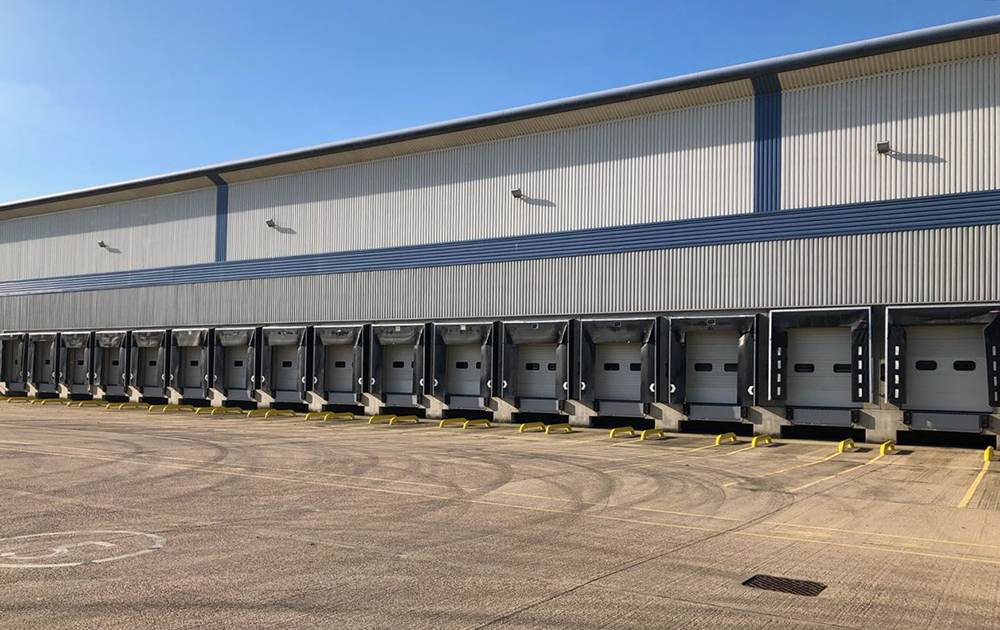
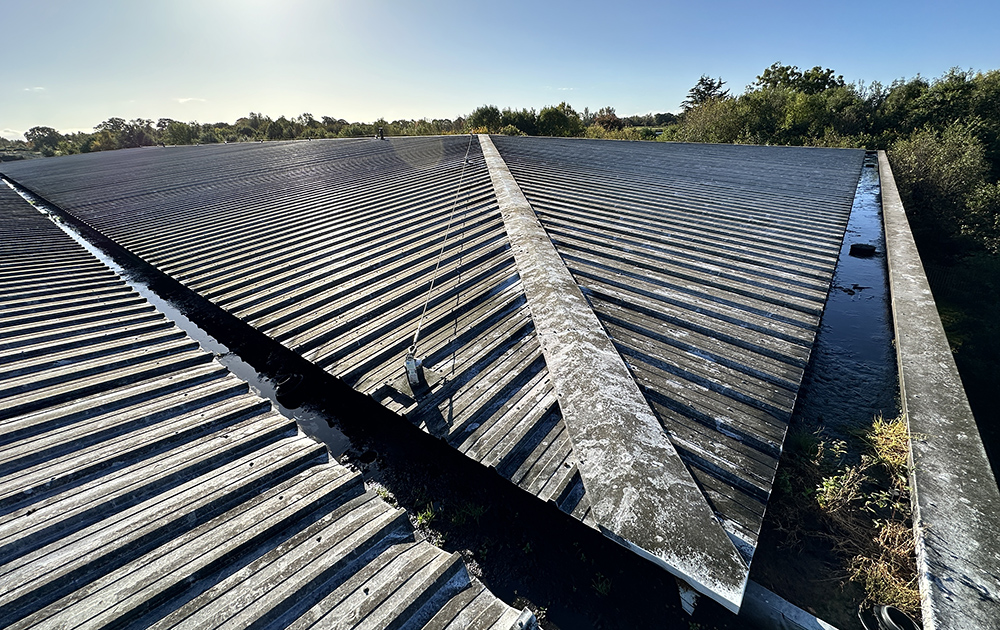
This instruction reinforced the importance of continuously evaluating the survey process to align with both the client’s immediate needs and future requirements. Beyond simply documenting the property’s condition, we focused on how the data would be used over time, ensuring it remained relevant for lease negotiations, maintenance planning, and potential disputes.
Leveraging the latest technology was crucial to enhancing the survey’s accuracy, accessibility, and long-term value. Rather than producing a standard photographic schedule, we integrated advanced methods such as 360-degree video, geo-located imagery, and high-resolution drone surveys. These tools provided an in-depth record, reducing ambiguity and supporting informed decision-making.
Our approach was guided by ‘First Principles Thinking’, critically analysing the traditional survey process and improving it through innovation. By applying our extensive knowledge of the Landlord and Tenant process, we developed a comprehensive, future-proofed set of documentation that could be referenced throughout the lease term, ensuring clarity and reducing potential disputes.


The final deliverables comprised nearly 12,000 fully referenceable and catalogued photographs alongside 300GB of survey data in multiple formats. Managing such a vast dataset posed storage and IT-related challenges, but we implemented solutions to ensure seamless access while maintaining high levels of accuracy and detail.
To overcome potential IT security and storage limitations, we opted to deliver the data via solid-state storage drives (SSD). This method provided a secure and efficient transfer process, bypassing cloud-based restrictions and ensuring both the client and landlord had dedicated copies with built-in backup options for long-term accessibility.
The client was highly satisfied with both the surveying process and final documentation. During the handover, we conducted a comprehensive presentation for the internal property team, demonstrating the various technologies used and the practical benefits of our approach. Following this, the client recognised the added value of this methodology and agreed that it should be adopted as a best practice for future landlord and tenant matters, as well as broader property and construction projects.

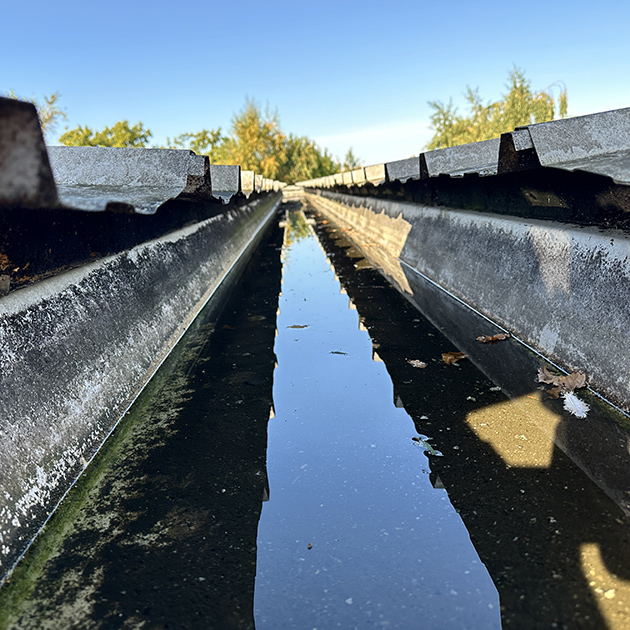
CONCLUSION
This project highlighted the importance of critical thinking in delivering a comprehensive and future-proof Schedule of Condition. Rather than providing a standard, generic document, we proactively considered how the records would be used and referenced in the future, ensuring that the documentation was clear, accessible, and highly detailed.
By anticipating potential disputes and structuring the records for ease of review, we maximised the client’s protection in the dilapidations process. This strategic approach will help minimise future claims, streamline negotiations, and provide a solid evidential foundation for any lease-end discussions.
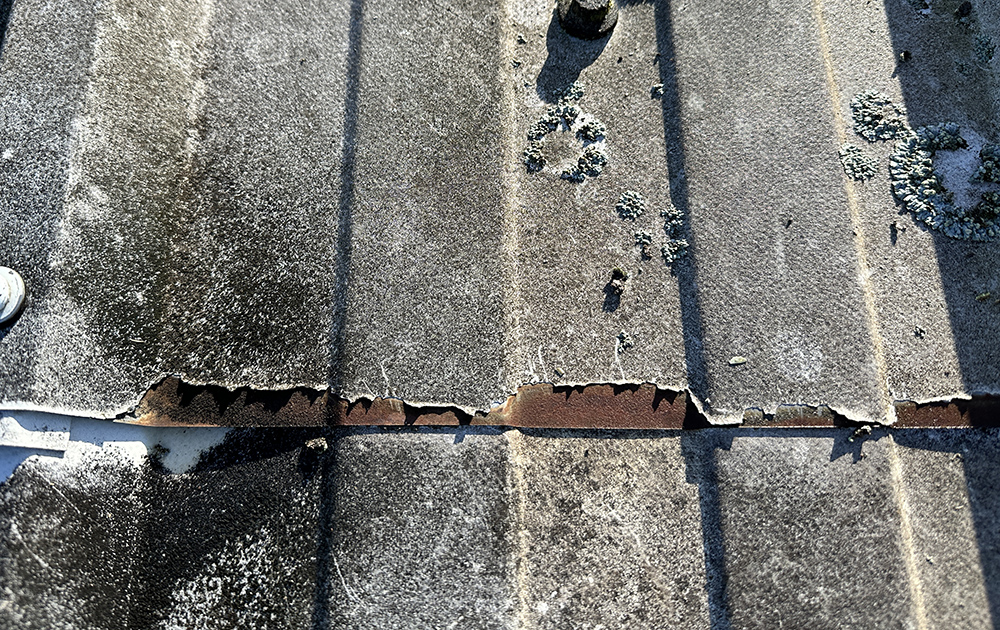
CONTACT US
If you’d like to arrange a meeting or learn more about what we do, please email us or give us a call.

'Inform Surveying is committed to achieving net zero carbon emissions across our operations and value chain, covering Scopes 1, 2, and 3 emissions in line with the Greenhouse Gas Protocol. This includes direct emissions from company-owned vehicles and on-site fuel use (Scope 1), indirect emissions from purchased energy such as electricity and heating (Scope 2), and other indirect emissions across our value chain, including business travel, procurement, and waste (Scope 3).
We have set a target to reach net zero by 2050, with interim milestones to reduce carbon intensity across all scopes. Our approach includes implementing energy efficiency measures, transitioning to renewable energy, reducing business travel, and engaging suppliers and partners to adopt sustainable practices.
While Inform Surveying does not yet have targets formally validated by the Science Based Targets initiative (SBTi), we are committed to aligning our strategy with science-based principles and plan to seek SBTi validation as our carbon reduction program develops.'
CONTACT INFORMATION
Our Office
102-103 Hague, Park Hill,
South Street, Sheffield S2 5AS
What 3 words: placed.backed.agenda
Open Office Hours
Mon-Fri : 9:00am - 5:30pm
Get in Touch
+44(0)114 321 9919

